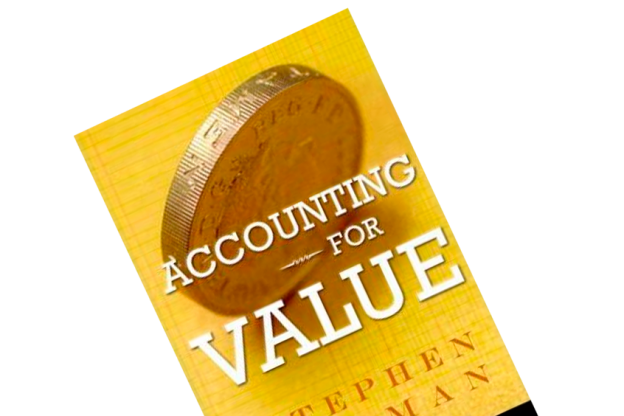Abstract
- The author burns this quote into the readers’ mind: “One does not buy a stock, one buys a business and when buying a business, know the business (and the risk involved).”
- Analysts shouldn’t take valuation models too literally. It should rather be used to challenge the stock price and used to figure out how much of a stock’s price is rooted in fundamentals and how much hinges on expectations of earnings growth, or “speculative value”.
- Objective measures of risk are a fallacy. Risk is uncertainty, and is thus a personal perception, and something that varies from investment idea to investment idea.
Stephen Penman has written quite a technical book with a ton of valuation models, calculations as well as accounting and valuation principles. These principles and words of wisdom will be the subject of this book summary.
The focus and concentration of a owner
Stephen highlights a certain quote repeatedly throughout the book, and it sure is worth repeating: “One does not buy a stock, one buys a business and when buying a business, know the business (and the risk involved).” (p. 19) This quote encompasses a lot of wise lessons.
First, there’s the well-known notion that one shouldn’t regard share certificates as pieces of paper you hope to dump onto a ‘greater fool’ later, but rather as a prove of ownership in a real-life business.
Second, if you were to buy the car wash around the corner you would surely do a fair share of due diligence. What is the success criteria of the car wash business? How can the business grow? Who are my competitors? What other risk factors may threaten my business? Asking these questions are vital to succeeding as a business man – and equally so as an investor in publicly traded securities.
Third, in order to know a business, you need to study it and the industry. As you can’t truly know a lot of businesses, you need to focus on a few that resonates with you – and concentrate both your energy and capital on those. Stephen quotes Keynes to cement this point: “To suppose that safety first consists in having a small gamble in a large number of different companies where I have no information to reach a good judgment, as compared with a substantial stake in a company where one’s information is adequate, strikes me as a travesty of investment policy.”
These points all come back to the old value investing dogma: think like an owner!
Valuation is challenging price
On p. 164-165 of the book you can find a list of all the accounting and valuation principles that are presented throughout. Yet, I found that the best principles are the small tidbits Stephen leaves here and there.
Stephen first teaches the reader that relative pricing where price is determine by reference to the price of a similar asset (i.e. a given stock versus a competitor’s stock) is a no-no. Price should be determined by reference to fundamentals, he says. Hence, determining that A is worth X because B is worth Y is not a viable way to go about valuing a business’ intrinsic value.
Speaking of, Stephen seems a tad hesitant about just that: intrinsic value. He advises analysts not to take a valuation model too literally. It should rather be used to challenge the stock price: “Valuation is not a game against nature, but a game against other investors, and one proceeds by first understanding how other investors think.” (p. 80) In length, he argues that one shouldn’t attempt to determine an absolute amount, but rather use models to figure out how much of a stock’s price is rooted in fundamentals and how much hinges on expectations of earnings growth, or “speculative value”. If a lot of growth expectations aren’t baked into the stock price, it might be a good pick. In short: “Maintain the attitude that you are not calculating “intrinsic value” but rather challenging the market price. The onus is to […] accept or dismiss the market price.” (p. 146)
Risk is uncertainty
In regards to the good ol’ risk-return debate, Stephen has a great perspective: “Investing […] is a matter of trading off downside risk for upside potential.” (p. 130) That’s a very fluffy statement, but risk is fluffy. Stephen doesn’t believe in objective measurements of risk premium; he calls it “misdirected” (p. 130) to believe such exist. Risk is “uncertainty” (p. 140), and is thus a personal perception, and something that varies from investment idea to investment idea. These considerations are much in line with Warren Buffett’s famous quote: “Risk comes from not knowing what you are doing.”
To come full circle, investors reduce risk by “knowing the business and the risk involved.”
